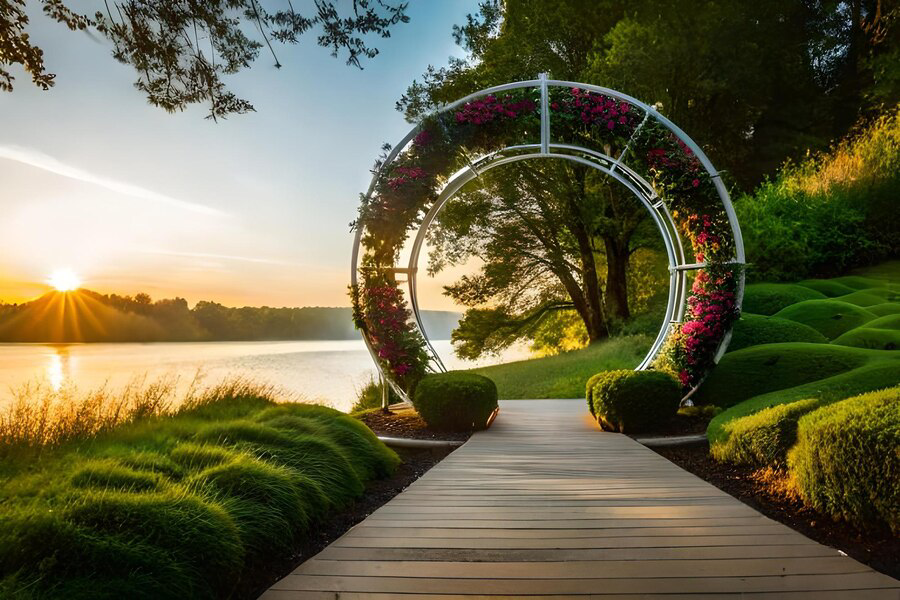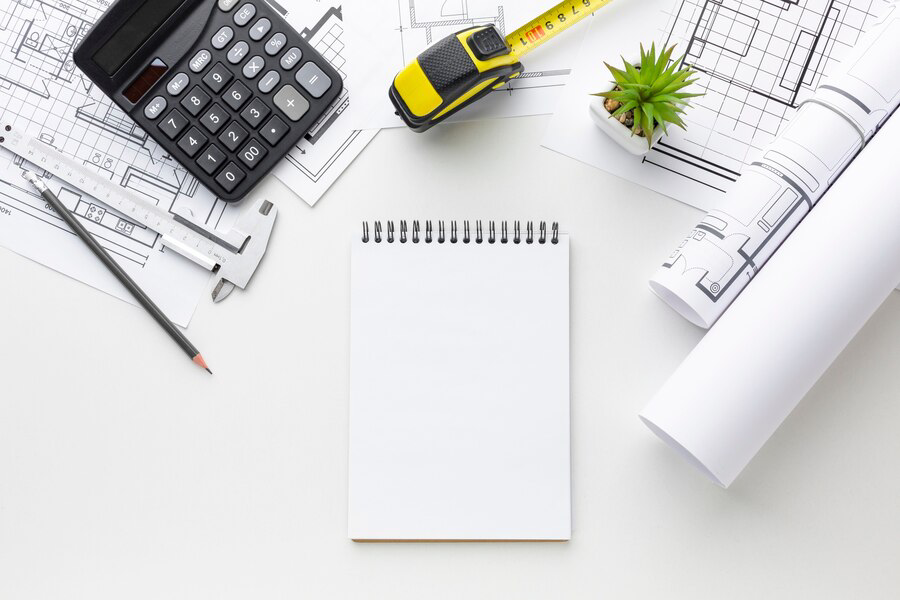Landscape design is a dynamic process that involves transforming ideas and concepts into tangible outdoor environments. From initial brainstorming sessions to the final installation, the journey of landscape design is marked by creativity, collaboration, and meticulous attention to detail. In this article, we’ll explore the fascinating journey of landscape design, from concept to reality, highlighting the key stages and considerations along the way.
Inspiration and Conceptualization:

The journey of landscape design begins with inspiration. Whether sparked by nature, architecture, art, or personal experiences, designers draw upon various sources to develop a vision for the outdoor space. During this stage, clients and designers collaborate to discuss goals, preferences, and aspirations for the project. Through brainstorming sessions, mood boards, and site analysis, a conceptual framework begins to take shape, laying the foundation for the design process.
Site Analysis and Assessment:
Understanding the site is paramount to successful landscape design. Designers conduct thorough site analysis to evaluate existing conditions, including topography, soil quality, drainage patterns, sunlight exposure, and existing vegetation.
By assessing these factors, designers can identify opportunities and constraints that inform the design approach and ensure compatibility with the natural environment.
Design Development and Iteration:
Armed with a clear understanding of the site and client preferences, designers embark on the creative process of design development. Sketches, drawings, and digital renderings are used to explore layout options, spatial relationships, and design elements such as hardscapes, plantings, and focal points. Iterative feedback loops between clients and designers refine the design concept, balancing aesthetics, functionality, and budget considerations.
Material Selection and Specification:
As the design concept evolves, attention shifts to material selection and specification. Designers carefully consider materials such as stone, wood, metal, and concrete, evaluating factors such as durability, sustainability, aesthetics, and maintenance requirements. By selecting appropriate materials and detailing specifications, designers ensure the longevity and integrityof the landscape design while enhancing its visual appeal.
Construction Documentation and Planning:
With the design finalized, the focus turns to preparing detailed construction documentation and plans. These documents serve as a roadmap for contractors and craftsmen, providing precise instructions for site grading, drainage, planting layout, hardscape installation, and other construction elements. Clear communication and coordination are essential to ensure that the design vision is translated accurately during the construction phase.

Implementation and Installation:
The culmination of the landscape design journey occurs during the implementation and installation phase. Skilled craftsmen and contractors bring the design to life, transforming concepts and plans into physical reality. From excavating earth and laying foundations to planting trees and installing outdoor amenities, each step requires precision, expertise, and attention to detail to achieve the desired outcome.
Fine-tuning and Maintenance:
Once the construction is complete, the focus shifts to fine-tuning and maintenance to ensure the long-term vitality of the landscape. This may involve adjusting irrigation systems, pruning plants, replenishing mulch, and addressing any unforeseen issues that arise. Regular maintenance and care are essential to preserving the beauty and functionality of the landscape design over time.
Conclusion:
The journey of landscape design is a dynamic and collaborative process that transforms concepts into vibrant outdoor spaces. From inspiration and conceptualization to construction and maintenance, each stage requires creativity, expertise, and attention to detail. By partnering with skilled designers and craftsmen, clients can embark on a journey that culminates in a landscape that reflects their vision, enhances their surroundings, and enriches their lives. Contact us today to begin your own transformative landscape design journey and turn your outdoor dreams into reality.
